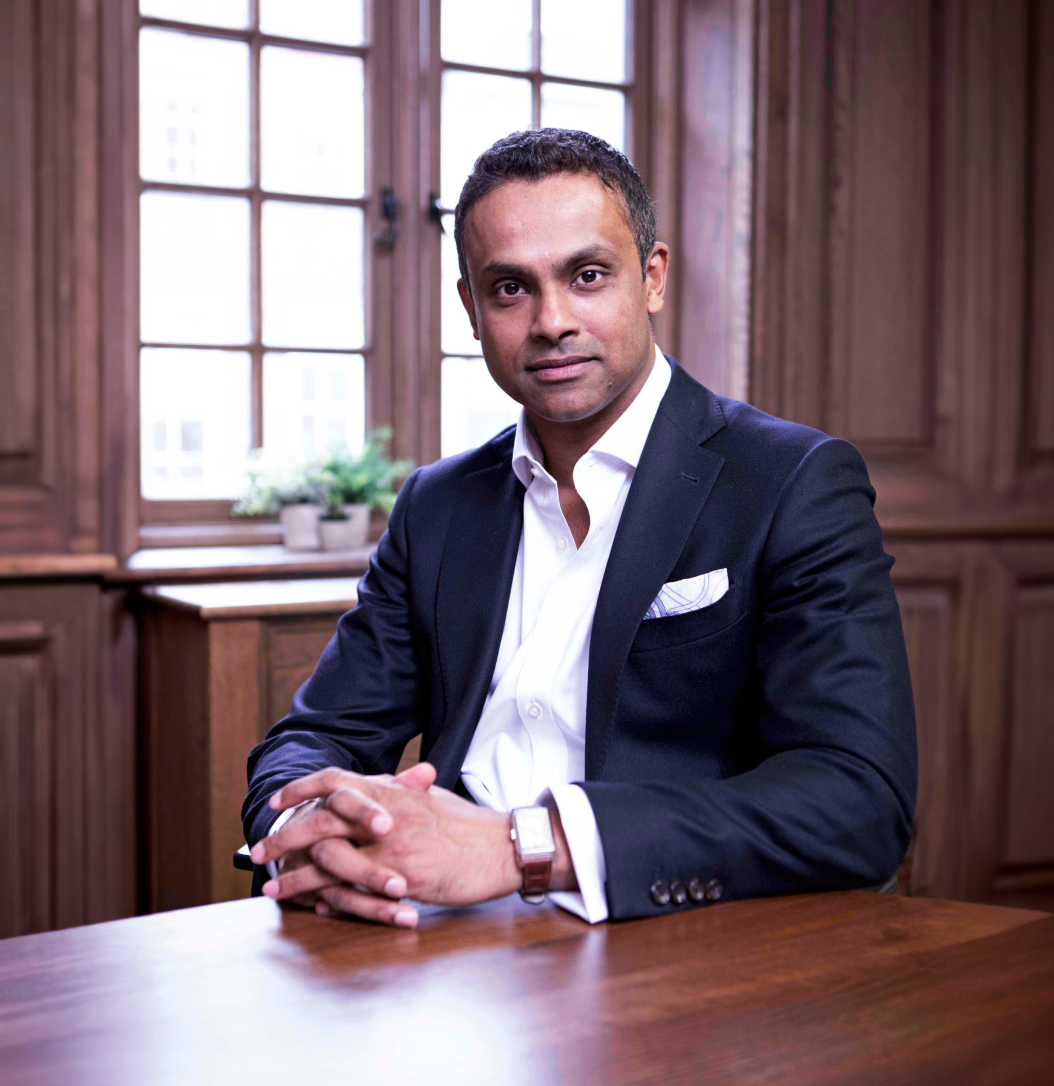PROCEDURES
Chin Augmentation
The chin plays a pretty central role in characterising your distinct facial profile. As you navigate daily encounters, your countenance is often perceived from a slight or oblique angle rather than a direct frontal view. A diminished or set-back chin can therefore introduce a sense of disparity in facial proportions, which may affect your confidence and make social situations more difficult to deal with.
For men, a robust chin is frequently associated with masculinity, whilst women often seek a more feminine and sleek alignment of the nose, lip, and chin. Chin augmentation surgery is tailored to address these very imbalances, paving the way for restored facial symmetry and balance.
Deciding whether or not chin augmentation surgery in London is for you requires comprehensive evaluation. There are different surgical techniques used, which we’ll expand on below, that depend entirely on your characteristics and end goal.
For example, a retreating chin can occasionally stem from an irregularity in the alignment of the upper and lower teeth. In such instances, orthognathic surgery might be recommended to realign the teeth and enhance the chin’s positioning. On the other hand, if your teeth are well-aligned, a focused chin augmentation through osseous genioplasty or implant genioplasty could be the course of action.

